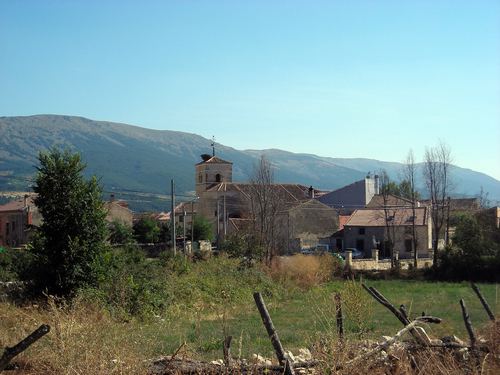Area rank Ranked 37th Population 159,303 (2014) University IE University | Autonomous community Castilla y León Demonym(s) Spanish: Segoviano/a Team Gimnástica Segoviana CF | |
 | ||
Points of interest Alcázar of Segovia, Segovia Cathedral, Aqueduct of Segovia, Royal Palace of La Granja, Hoces del Río Duratón Destinations Segovia, Pedraza - Segovia, Real Sitio de San Ildefonso, Sepúlveda - Segovia, Cuéllar | ||
Segovia ([seˈɣoβja]) is a province of central/northern Spain, in the southern part of the autonomous community of Castile and León. It is bordered by the province of Burgos in the north, Soria in the northeast, Guadalajara in the east, Madrid in the south, Ávila in the west and southwest, and Valladolid in the northwest. The average temperature ranges from 10 °C to 20 °C.
Contents
Map of Segovia, Spain
Overview
The province has a population of 149,286, of whom about 35% live in the capital, Segovia. Of the 209 municipalities in the province, more than half are villages with under 200 people.
The origin of the name Segovia is said of Celtiberian origin, but also thought it was derived from the Visigoth conquest and occupation of Castile by the Goths, a Scandinavian / Germanic tribe lived in Castile from the 4th to 6th centuries AD. The provincial corporation consists of 25 elected members. After the recent elections there are 10 members of the Spanish Socialist Workers Party and 15 of the People's Party. The historical heritage of this province is rich and varied. The capital city has the 800 metres long Roman Aqueduct of Segovia, which is unique to the province. The capital was declared a world heritage site in 1985. Sepúlveda, Ayllón, Pedraza, Coca and La Granja de San Ildefonso villages attract a large number of tourists. La Granja de San Ildefonso houses a national monument–The Royal Palace. Antonio Machado's house is located in Ayllón. Tourism is one of the most important industries. In July 2014, the provincial government signed an agreement with Bankia. Bankia will contribute 10,000 euros to promote the province's tourism industry. Agriculture also has a significant contribution in the province's Gross Domestic Product. Wheat, barley, rye and rice have been the most important cereals. During the seventeenth century many of the province's towns recorded decline in cereal production. Cattle rearing is also an important commercial activity.
